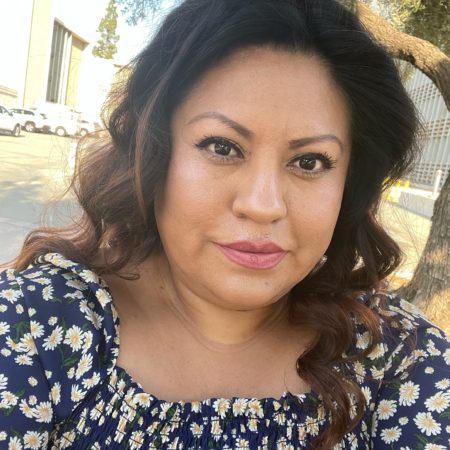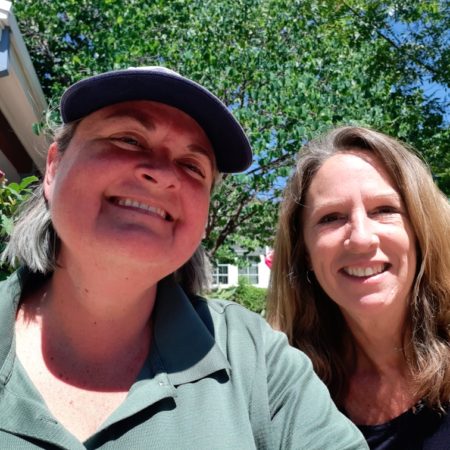By Dean Carothers
Child Support Services, Monterey County
In today’s world you would think that every person who has a job and is saving for their retirement has an equal chance for success after age 65. Right? Guess again!
Women simply live longer than men and have a greater need to save more money to pay for their retirement.
This was the subject of Women’s Institute for a Secure Retirement (WISER) founder Cindy Hounsel’s lecture at the NAGDCA Conference in Albuquerque, NM held September 10 through 16, 2011. According to Ms. Hounsel women are already at risk as the retirement industry has a habit of blending or ‘shoe horning’ women and men together into retirement formulas that are based on the average age of men.
Additionally income is often lacking due to a number of variable that are germane to being female. Many women are often the primary caretakers of children and the elderly. Due to this women are more likely to join the workforce later than their male counterpart, take a leave of absence to take care of children or relatives or can only work part-time. Often there is an educational gap since many women may have given up on higher education to support their family and/or did not have the means to continue.
Joining the workforce later in life often cripples them as salary is often commiserate with experience. Less experience = fewer dollars.
As many of the women are often single, they are the sole provider of the family and as such all money, even if they are working full time, ends up going to support the family.
The older population — persons 65 years or older-men and women — numbered almost 40 million in 2009 and represent 13% of the U.S. population, or about one in every eight Americans.
For those over 65, for every 135 women, there are 100 men. Forty-two percent of women are married (versus 72% of men), 41% are widowed (versus 13% of men), 13% are divorced, and 4% are single (about the same for men).
While funding retirement today is a primary concern for all Americans, male or female, women accumulate fewer retirement assets than men and as they are living longer they are essentially guaranteed a lower quality of life in retirement.
• Women are more likely to have chronic illness
• Women more likely to work part time
• Race is a factor for women in retirement – More older women of color live at or near poverty level
• More older women past the age of retirement are still in the workforce
The poverty rate for all women age 65 and older is 10.7 percent, just over one in 10. However, for African American and Hispanic women, the poverty rates are almost double that. Just over one-fifth of African American and Hispanic women (21.5 percent and 21.3 percent respectively), fall below the poverty level.
Ms. Hounsel suggests that women start planning early for their retirement keeping in mind that in all likelihood there is a good chance you will be on your own.
Cindy Hounsel is the founder of WISER – Women’s Institute for a Secure Retirement www.wiserwomen.org



